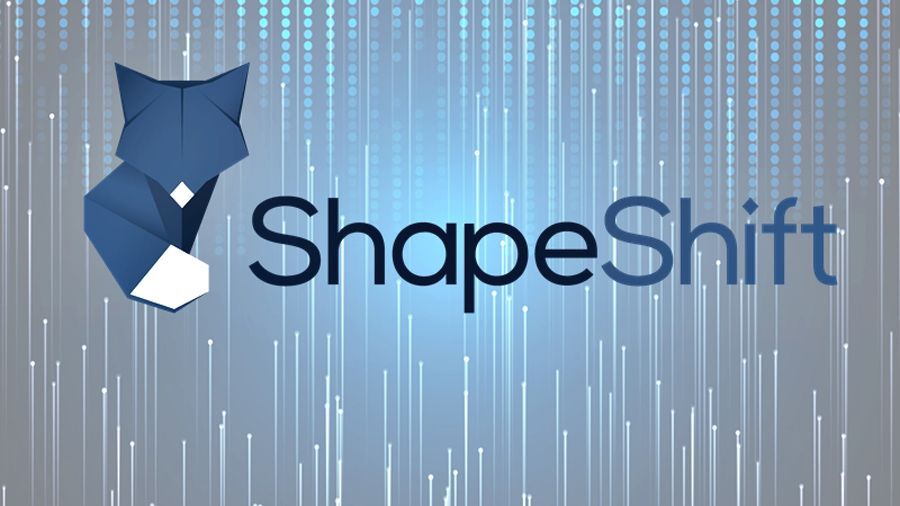Researchers at the ShapeShift cryptocurrency exchange believe that decentralized insurance protocols can eliminate the risks that DeFi projects face.
While the DeFi industry is characterized by high volatility and the potential for large profits, DeFi carries with it certain threats.
ShapeShift researchers have identified four risk factors that DeFi projects often face: storage risk, smart contract security risk, and protocol and oracle risks. Speaking about vulnerabilities in smart contracts, analysts cited as an example an incident that happened with the DAO project back in 2016, when 3.6 million ETH was withdrawn during a hacker attack.
The main risks at the protocol level have not yet been identified, but the situation can change rapidly as the market develops. When it comes to the risks of oracles, they can be the most unpredictable. So, 2020 is replete with cases when instant credits were used to artificially manipulate the price data of oracles. However, these problems can be solved by decentralized insurance protocols, experts at ShapeShift said.
“The decentralization and ‘community’ aspect of DeFi deprives this industry of many of the risk mitigation functions that traditional financial instruments have. Decentralized insurance can be the solution to all of these problems. DeFi is a new industry, so it needs to be developed. ”
ShapeShift researchers named Nexus Mutual and Cover Protocol as innovators in decentralized insurance. But even these protocols were subjected to hacker attacks. In December 2020, attackers discovered a vulnerability in Cover Protocol that allowed the creation of internal tokens indefinitely, causing the cost of COVER to drop by 97%.
In the same month, Nexus Mutual founder Hugh Karp lost 370,000 NXM tokens worth about $ 8.2 million after a hacker bypassed the security of Karp’s hardware wallet by installing a compromised version of the MetaMask wallet.







